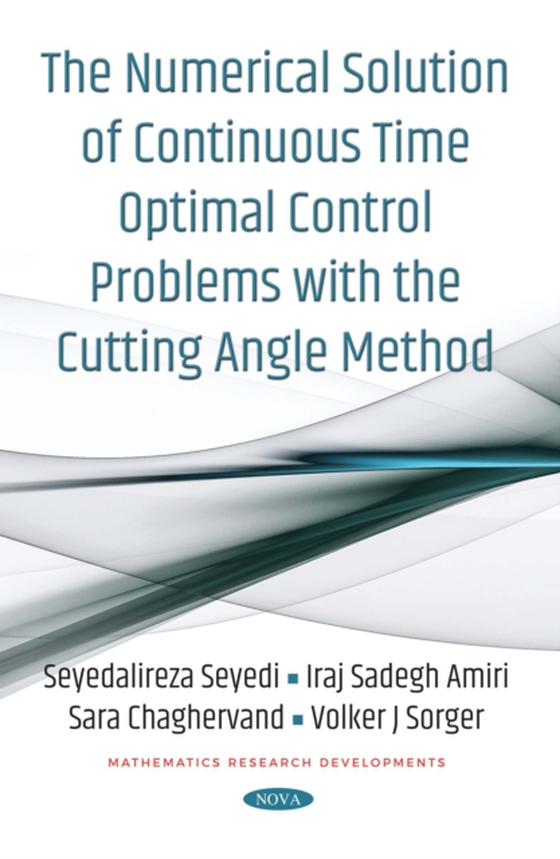
The Numerical Solution of Continuous Time Optimal Control Problems with the Cutting Angle Method e-bog
1240,73 DKK
(inkl. moms 1550,91 DKK)
This book consists of two parts. The first part is on the development of the proposition that “if there exists a type of function, then there exists a functional with the same type” based on the proposition of the inheritance and generalizability properties of a function in a functional. This study presents the abstract convex, increasing positively homogeneous and convex-along-rays functionals...
E-bog
1240,73 DKK
Forlag
Novinka
Udgivet
1 maj 2018
Længde
165 sider
Genrer
Mathematics
Sprog
Format
pdf
Beskyttelse
LCP
ISBN
9781536131444
This book consists of two parts. The first part is on the development of the proposition that “if there exists a type of function, then there exists a functional with the same type” based on the proposition of the inheritance and generalizability properties of a function in a functional. This study presents the abstract convex, increasing positively homogeneous and convex-along-rays functionals via this proposition. The second part concerns the investigation of the use of a global search optimization algorithm called the Cutting Angle Method (CAM) on Optimal Control Problems (OCP). Many algorithms are available for solving OCP, but they are basically local search algorithms. To overcome the problem associated with local searches, most OCP are modeled as Linear Quadratic Regulator (LQR) problems in the hope that the solution found estimates of the true global solution to the original problem. However, in doing so, a lot of information carried by the original problem might be lost in its translation into LQR models. CAM being a global search algorithm is expected to overcome this problem. It can be used alone or in combination with a local search to find the global solution. CAM has been successfully used on functions, however, OCP are functionals. To do this, a model has been introduced based on inheritance and generalizability properties to demonstrate that the optimization algorithms that are used for functions can also be extended for use in functionals. Based on these properties, the study discovered that with the Unit Vectors Combinations Technique (UVCT) proposed in this research, CAM could successfully work on functionals in general and OCP particularly. To help speed up the convergence of CAM, the literature proposed the use of local searches for the determination of the initial solution. In a case study done in the research, CAM was successfully combined with a local search known as the Dynamic Integrated System Optimization and Parameter Estimation (DISOPE) algorithm. Moreover, the initial solution given by the DISOPE algorithm has been verified as a global influence by CAM.
 Dansk
Dansk

